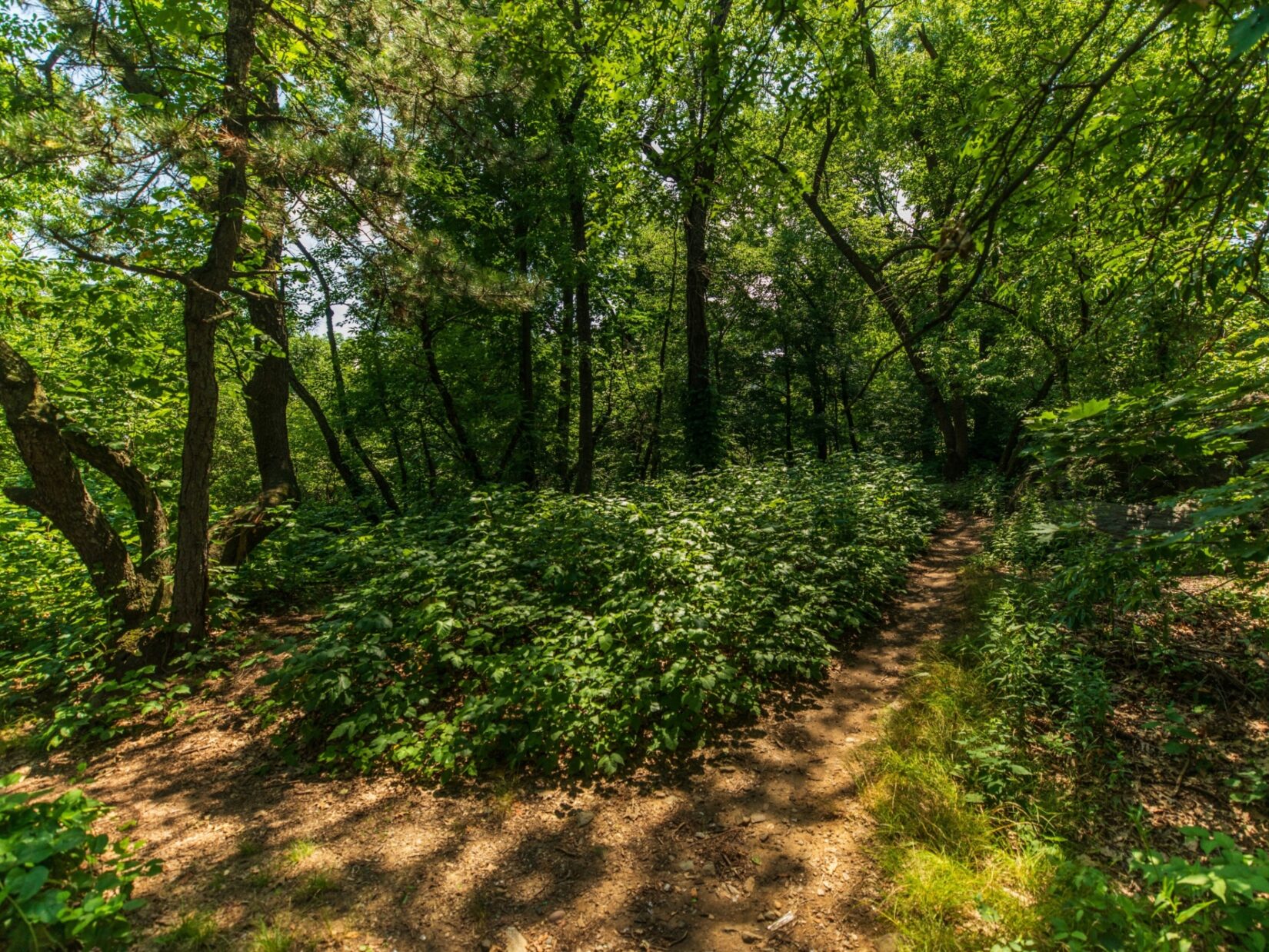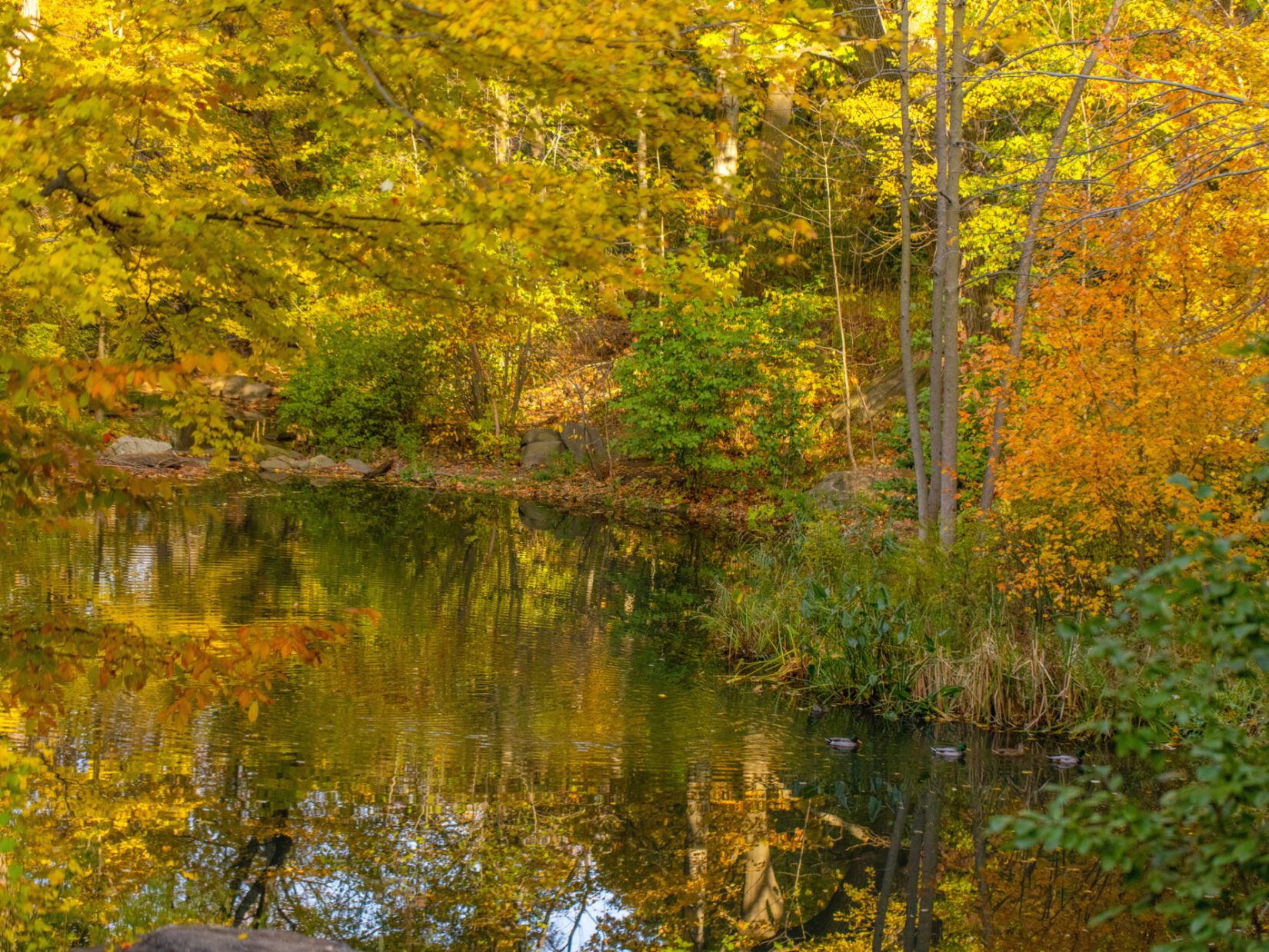Blockhouse

Constructed in 1814, decades before the Park was even an idea, the Blockhouse is the oldest surviving building in Central Park.
Located on a prominent rock outcrop in the North Woods, the stone structure was part of a fortification system built to defend New York from the British during the War of 1812.
Following the British sack and burning of Washington D.C. in August of 1814, military leaders feared an attack on New York City from the north. They hastily ordered the construction of a fortification system on a series of rocky hills extending from east to west, which had expansive views to the north. Four simple structures known as blockhouses were constructed—essentially lookout towers with openings for guns. Sometimes they included a second level to support the use of a cannon.
This system also included a series of earthworks, which were named Nutter’s Battery, Fort Clinton, and Fort Fish, and a gatehouse built to control access to the main road in the area, at a spot known as McGowan’s Pass.
The attack in the War of 1812 never materialized, and forts never saw battle; they were left to fall into ruin or were dismantled.
This Blockhouse survived because of its solid stone construction and its integration into the Park. The Park’s designers, Frederick Law Olmsted and Calvert Vaux, highlighted the scenic value of the structure, treating it as a picturesque ruin and promoting it as a destination in the North Woods. At the end of the 19th century, renewed interest in the military history of the area led efforts to preserve the structure and the installation of the flagpole inside. The structure is still a destination in the North Woods, and an important reminder of the City’s colonial history.







